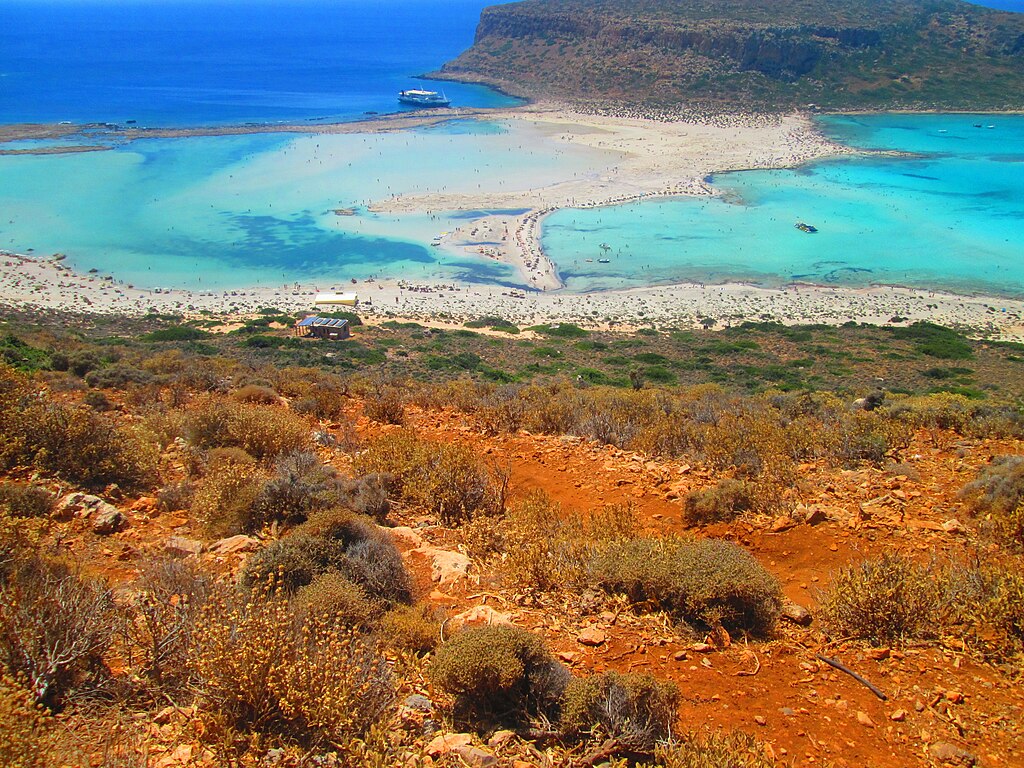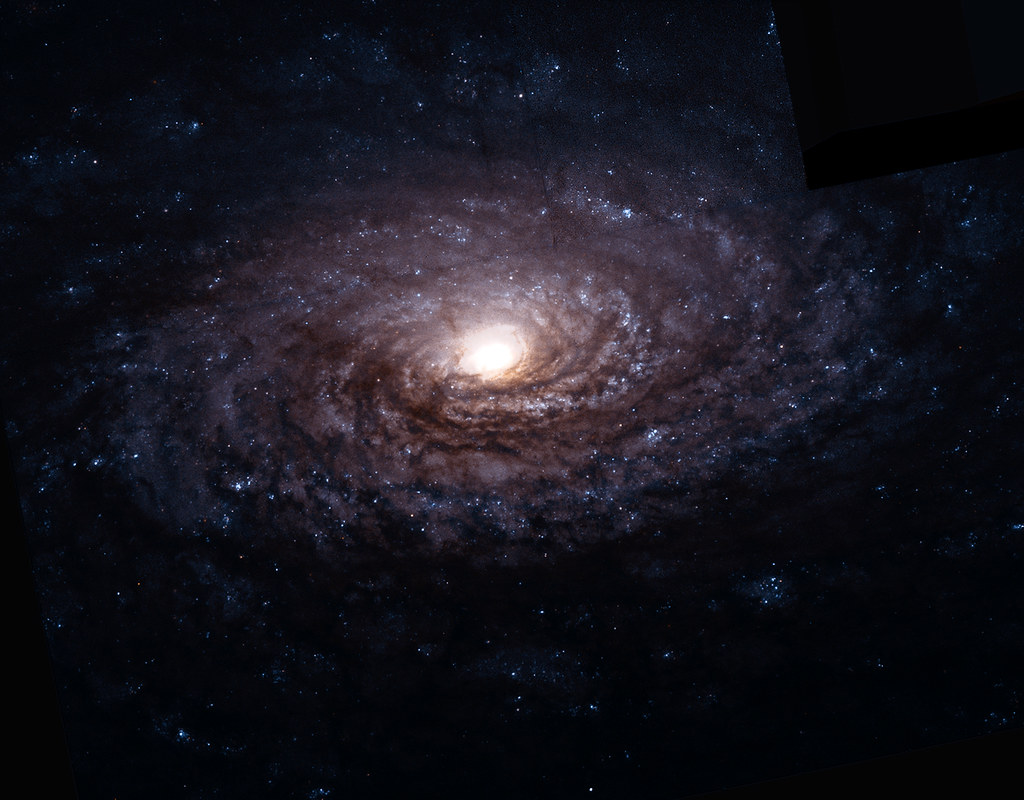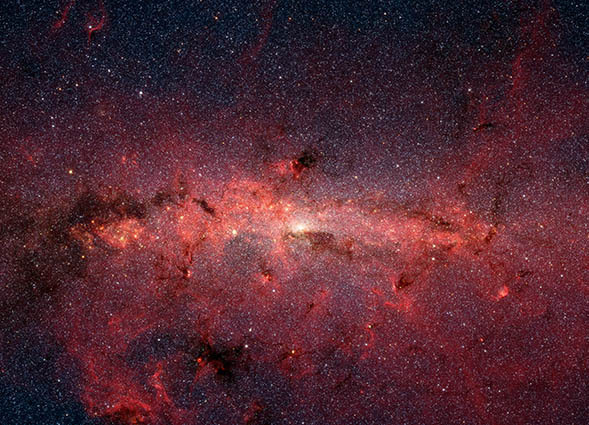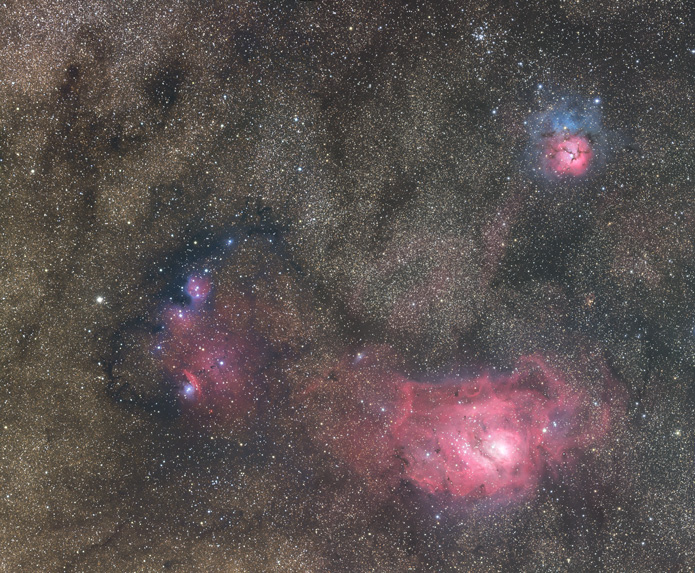MarkBour wrote:Ann, thanks for the additional info ... a helpful tour.
Capture.JPG
What causes the more orange/brown coloration in the clouds at the right of the image?
Basically, interstellar dust is "brown" in itself.
Dust cloud. Photo:
Michael Skrutskie of University of Virginia
Take a look at the picture of an interstellar dust cloud at left. As you can see, the dust cloud is blocking more and more of the light from the stars behind it. But interestingly, the starlight that shines through the dust is getting more and more red. In this picture, the whitish-blue starlight is getting first yellow, then orange, then reddish, then dark brown.
What happens is that the dust cloud blocks the shortwave light first - ultraviolet, violet, blue, then it blocks the green light, then yellow, then orange, then red.
The reason for this is that the size of the interstellar dust particles themselves are typically about the same size - 450 nm or so - as the wavelength of blue light. This means that shortwave photons are preferentially blocked by dust particles, whereas longwave photons more easily get through. Check out
this page for a fine illustration of how this happens.
So when interstellar dust is in front of a light source, it reddens the light from that source. However, when interstellar dust is right behind a light source, it scatters light our way. And while dust in front of a light source "steals" the blue photons from that light source, dust right behind a light source preferentially scatters blue light right back at us. Why are the Pleiades blue? Because the bright stars are blue in themselves, and the dust right behind them scatters some of their blue light right back at us.
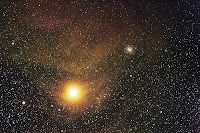
Antares. Photo via Dick Loke.
The bright stars of the Pleiades are blue in themselves, but other light sources aren't blue at all. Why is the dust near Antares yellow? It is because dust behind Antares is scattering yellow light back at us. The Antares nebula is a yellow reflection nebula.
M63. Photo: HST/Renaud Houdinet.
If you bear in mind that dust that is in front of us will redden and darken a light source, while dust that is behind it will make it brighter (and often, but not always, bluer), then you can tell by looking at a highly (or moderately) inclined galaxy which side of it is closer to us. Take a look at the picture of M63 at right. The dust lanes below the bright center of the galaxy look particularly dark. That means that they are in front of us, blocking light from the center. Above the center, however, the dust looks "pale". This dust is behind the bright center and scatters light our way.
Let's return to the question of the brown dust of the Lagoon Nebula. The brown dust is blocking some light behind it, and it isn't scattering any blue light our way.
The Trifid Nebula. Photo: ESO.
Check out this ESO image of the Trifid Nebula. At top, the Trifid is blue from reflection nebulosity. Blue light is scattered our way. But look at the particularly dark black smudge of dust at right. This dust appears to flow outwards, like smoke from a chimney. Some of this dust is in front of the scattered blue light, and look what happens. The reflection nebula on the right side of the Trifid Nebula is wan, faded and gray. In some pictures it looks greenish. This is an example of blue light first being scattered our way and then partly blocked by dust in front of it.
Hope that clarified the question of reflection nebulas and dust!
Ann
 The Lagoon Nebula in High Definition
The Lagoon Nebula in High Definition



